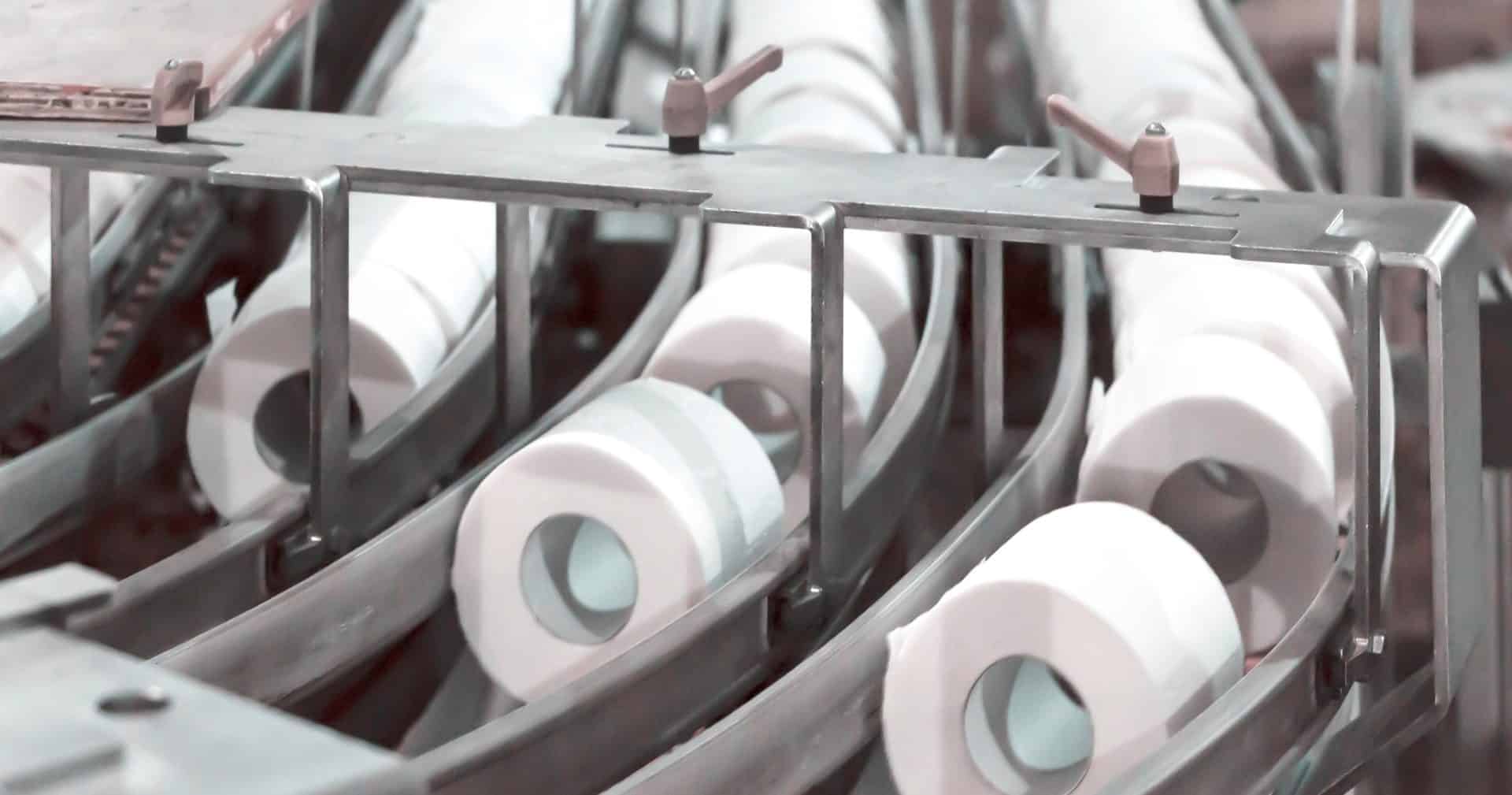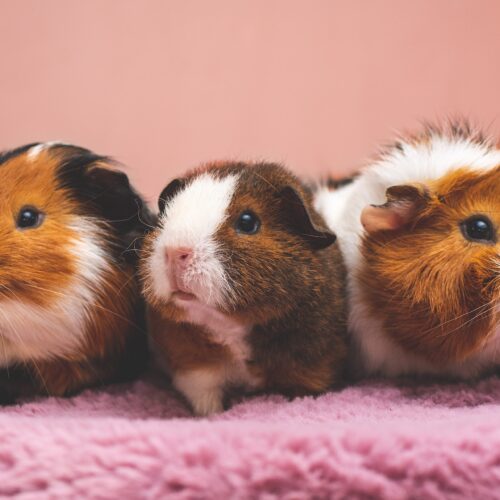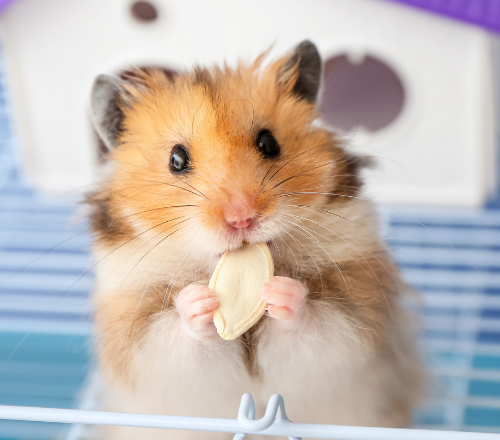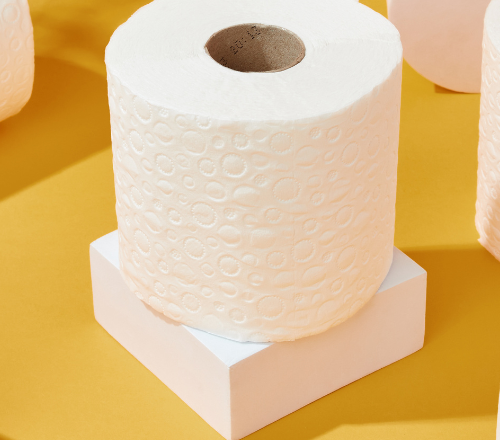How is Toilet Paper made?
Toilet paper is one of those necessities that lots of us always have in the house, but you may not have stopped to think about where it comes from or how it is made. How exactly does wood become thin, soft, flexible sheets of paper that are easily stored in rolls? Read on to find out more with Oceans!What is toilet paper made from?
Today, toilet paper is most commonly manufactured from wood. The wood is used to create a pulp that is moulded and dried into the traditional toilet roll we use every day. Not all toilet paper, however, is created using the same materials. Most wood pulp is made from hardwood, like oak or maple, but it can also be partially made from soft woods such as eucalyptus or conifer. Some is made from recycled paper, bamboo and even hemp plants. While toilet paper that’s made from recycled paper is more sustainable, there are further processes involved to remove the ink and whiten the paper which can contribute to more carbon emissions being created.How do they make toilet paper?
Toilet rolls go through a complex process before arriving in our homes. First, wood offcuts, such as wood chips and sawdust, are put into a large pressure cooker called a digester machine. They’re mixed with water and some chemicals before being ‘cooked’. This process allows any moisture within the wood to evaporate and so the mixture can be broken down into cellulose. It is this cellulose that will be used to form the main part of the roll and it is known as pulp. Once the pressure cooker has finished, the pulp has a very gooey texture and will be washed to remove any chemicals and bleached to make it white. At this point, a chemical naturally found in wood and plants called lignin is removed too. Over time, this element can turn the paper yellow, so it is removed to keep the paper a clean, crisp white. This pulp is then mixed with a large amount of water and put into a machine that contains rotor blades. As the blades turn, they act as a giant blender, mixing the water while also ensuring the wood chips are diced into very small pieces. The final solution is laid out on very large mesh screens that allow the water to drain and the material to dry out. The water that has been used in this process so far can be reused by the factory, and so it goes back to the beginning to restart the cycle. At this stage, the paper can now be embossed with a brand logo or symbol (if required) and is sent to a drying machine. This feeds the paper through large rollers so that it can be formed into a large one millimetre-thick sheet, while applied heat removes any final traces of water. From here, it is turned into a parent roll. These parent rolls weigh approximately 1.2 tonnes and contain enough toilet paper for three people across their whole lifetimes. A log saw is used to chop up the parent roll and turn it into about 10,000 individual rolls that can be packaged and sent out to the shops.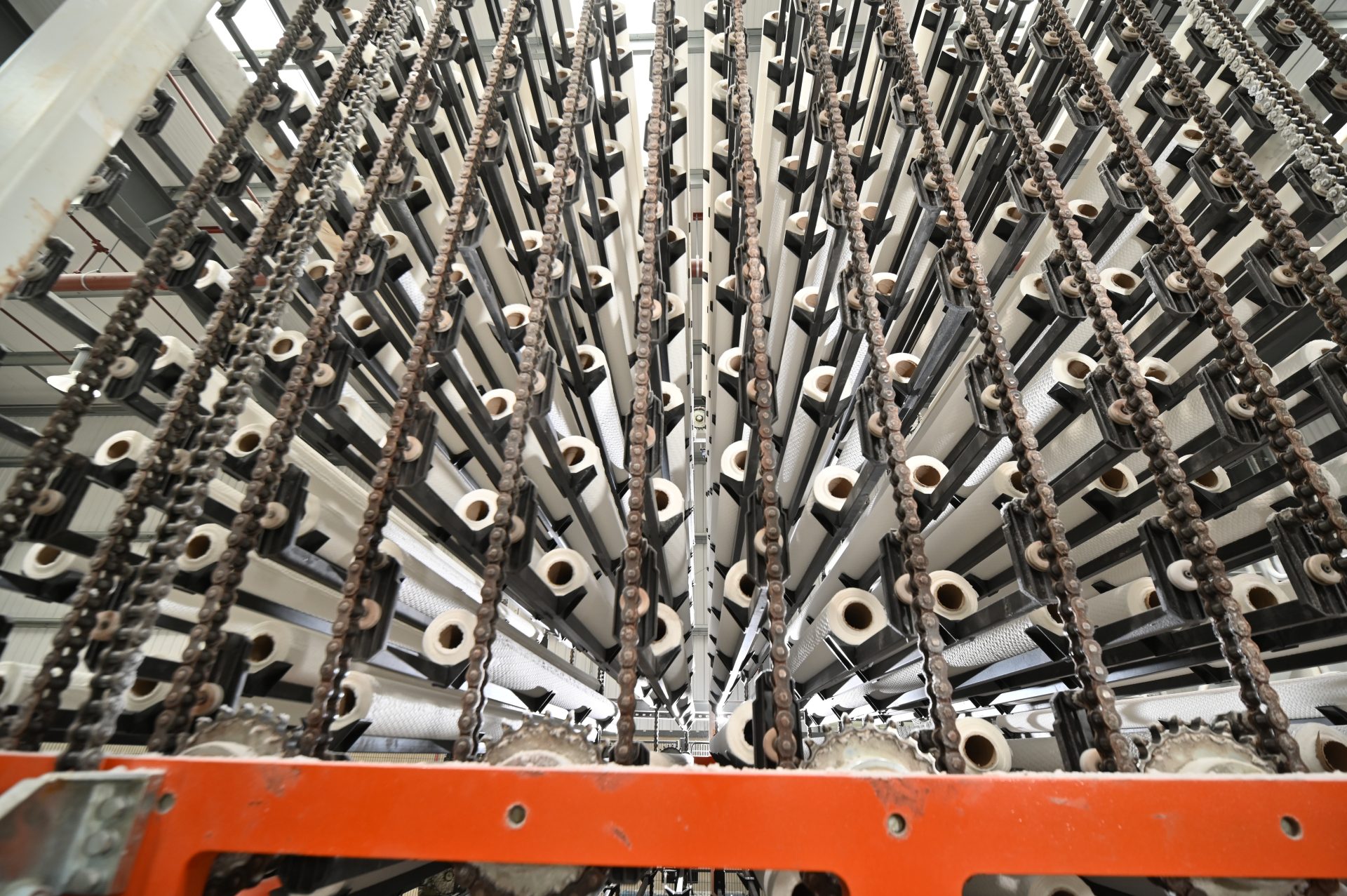 When purchasing your paper, you should aim to look for a brand that is produced in the UK. When toilet roll is produced abroad and shipped over here, the transportation involved creates a lot of carbon and makes the paper less eco-friendly. Find out more here about how eco-friendly Oceans’ toilet paper is.
When purchasing your paper, you should aim to look for a brand that is produced in the UK. When toilet roll is produced abroad and shipped over here, the transportation involved creates a lot of carbon and makes the paper less eco-friendly. Find out more here about how eco-friendly Oceans’ toilet paper is.
